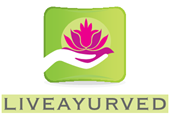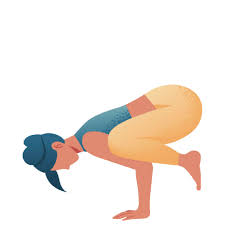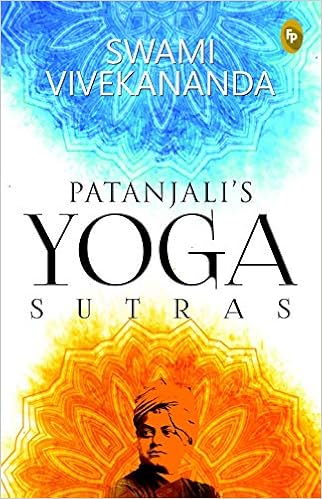How to do the Bakasana (Crane Pose) posture?
Bakasana, also known as Crane Pose, is an advanced arm-balancing yoga posture that builds strength, flexibility, and focus. This pose strengthens the arms, shoulders, core, and spine while improving overall body balance and coordination.
Step-by-Step Instructions for Bakasana (Crane Pose)
- Sit in a squatting position (malasana) with your feet hip-width apart and toes firmly placed on the floor. Keep your spine straight.
- Place your elbows under your abdomen, touching the inner sides of your knees. With a deep inhale, push your elbows outward and feel the stretch in your inner thighs.
- Bring your palms together in Namaskar Mudra, close your eyes, and take 2-3 deep breaths in Malasana to build concentration.
- Open your thighs, relax your hips, and exhale while placing both palms flat on the floor in front of your feet. Straighten your legs slightly to come into Uttanasana (Forward Bend), pressing your palms firmly into the mat.
- Bend your elbows slightly and bring your knees close to your armpits (axilla). Keep your chin resting behind your elbows and balance on your toes.
- Inhale deeply, shift your body weight forward onto your hands, engage your core, and slowly lift both feet off the ground.
- Straighten your arms gradually, gaze slightly forward (not down), and balance your entire body on your palms. Hold the position for 4-6 deep breaths.
- Exhale slowly, lower your feet back to the mat, and relax in Malasana or Garland Pose.
|











